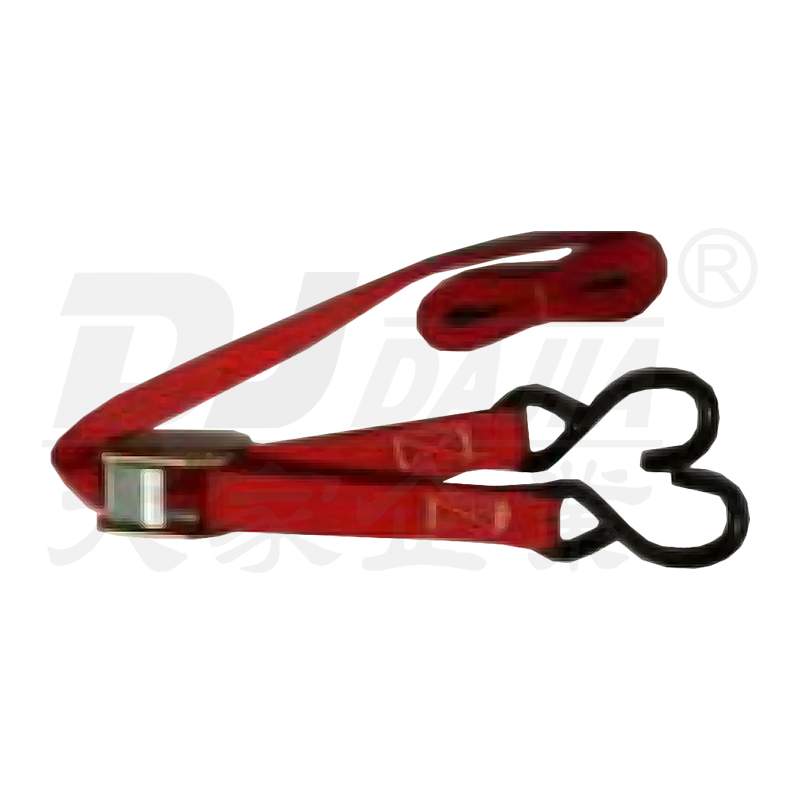The cam buckle mechanism, which has become integral to tie downs and securing loads, is a testament to innovative design in fastening technology. While the precise inventor of the cam buckle mechanism remains somewhat obscure, it gained prominence in the mid-20th century, coinciding with the burgeoning demand for reliable and efficient cargo securing systems, particularly in transportation and outdoor activities. The cam action allows for easy adjustment and secure fastening, making it an attractive choice for both casual users and professionals.
Initially developed for use in various mechanical applications, the Cam Buckle Tie Down Strap's simplicity and effectiveness led to its adoption in tie down systems. The mechanism typically consists of a base with a groove and a protrusion that locks into place when tension is applied. This design eliminated the need for complex tools, making it particularly useful for users needing to secure cargo quickly, such as in the moving industry, camping, or recreational boating. Over the decades, cam buckle tie downs have evolved, incorporating materials such as durable nylon and metal components to enhance strength and longevity, thus broadening their commercial appeal.

The increasing reliance on outdoor activities and recreational transport in the latter part of the 20th century saw a surge in the popularity of cam buckle tie downs. Their user-friendly nature and robust security features made them a staple for adventurers, tradespeople, and everyday consumers alike. Today, they are recognized not only for their functional advantages but also for their safety benefits, as they provide a reliable means of securing loads while minimizing the risk of accidental release during transport. This evolution reflects a broader trend in fastening technology, where efficiency and ease of use take precedence, ensuring that cam buckle tie downs remain an essential tool in various applications across multiple sectors.

 EN
EN  Español
Español get a free quote
get a free quote

















